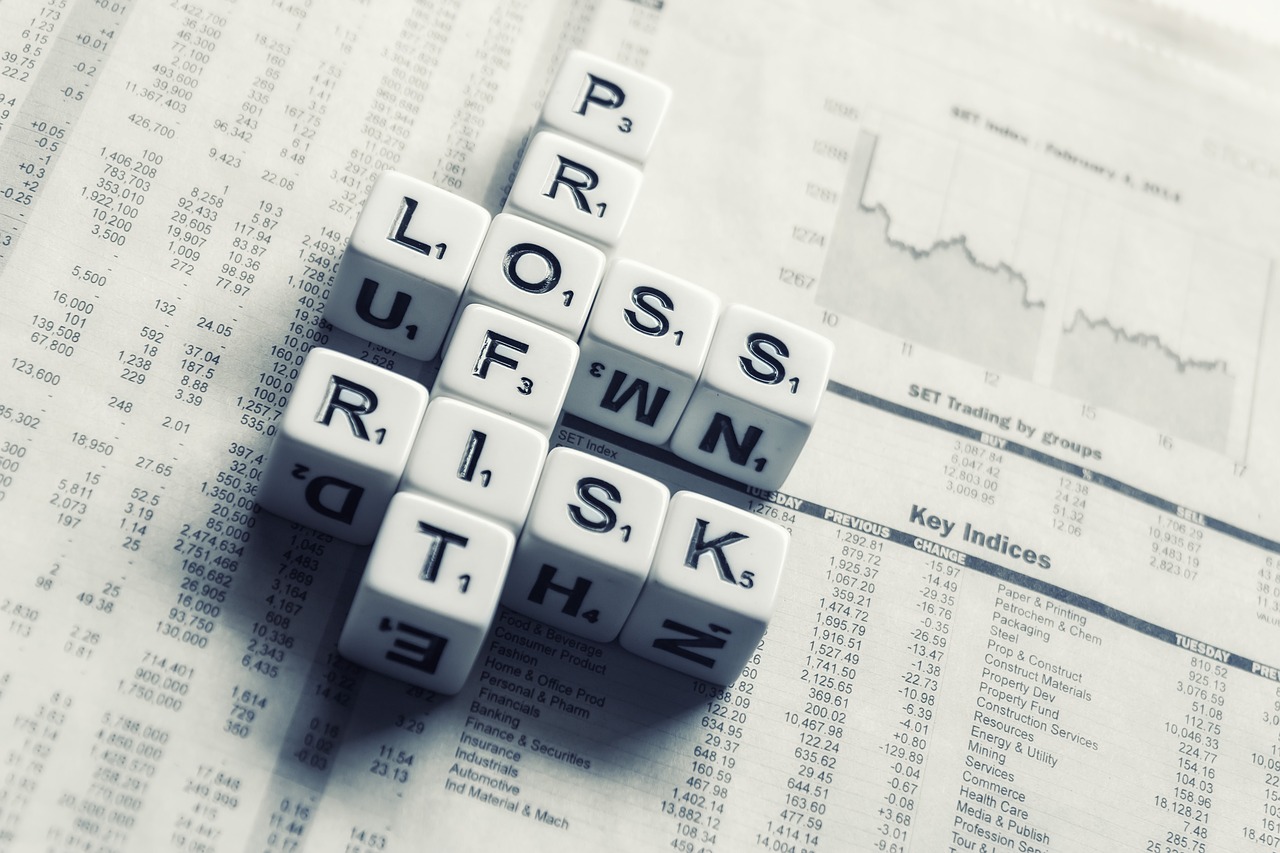
If recent events have taught us anything, it is the significance of becoming financially secure. National and worldwide turmoil in almost any age can make upheaval from the markets and problems for companies, derailing people and households that aren’t financially ready.
Just just how can you achieve financial protection and prevent their financial stocks from getting thrown out of whack by uncontrollable conditions? Obviously, there are never any full warranties — life is filled with doubts, and financing is a part of the — however, there are steps everyone can take to reach financial security.
Financial Security Defined
What’s financial protection? The word means different things to various people: Just how much cash do you want to create and rescue to be sure the lifestyle you would like, today and later on? The amount of savings do you want to cover emergency costs or to pay all of your expenses in the event of a job loss or scenario that stops you from functioning?
All these “how much” questions must do with bucks, however, much like any matter of cash, there is also an emotional aspect. Just how much income and investments and emergency funds would you want to have the ability to sleep through the night — in other words, how to truly feel secure and safe in your financial circumstance? On occasion you’re able to compute these amounts by yourself, however, based upon your finances and period in your life it can be very useful to seek out the help of a wealth manager such as Netwealth to make certain you are in possession of a personalized budget and the ideal investments to determine you throughout your plans for your retirement.
The Way to Get There
On Your 20s and 30s
Things to do: Start economy.
At this time, it is time to consider long-term and start saving for retirement as hard as that may be if retirement appears far off. Yes, there are lots of opportunities right before you to invest money, spend, spend. Rather, create a plan for everything you really would like your life to look like, and preserve so. Limit your spending to ensure that you’re saving between 15-20percent of your wages. If you are smart about it, then you can do either: depositing in moderation at which it is important to you and rescue as harshly as you can for the important future.
Don’t do: attempting to fund a specific way of life.
Additionally, it can be easy to become trapped in borrowing from bank cards to fund things like traveling and other lifestyle purchases which will feel good at the moment, but in fact, will not get you any closer to financial protection. Incurring unnecessary debt may have a negative effect on your capacity to save and spend for decades ahead.
ALSO READ: Tips on How to Be Financially Free
On Your 40s and 50s
Things to do: Stay the Program.
If your goals vary from those that you put back on your early maturity (it is probable they’re — and that is okay), stick with your savings strategy. Even if there is extreme market volatility, then stick with your strategy. If you typically allow your fiscal decisions to be affected by your feelings, then create a connection with an abundance manager or financial adviser that can make certain you keep the ideal plan for long-term fiscal health.
Don’t do: Get tempted by glistening investments.
The way you approach hazards will automatically change as you become older. Utilize a financial adviser who will help you produce your perfect investment combination which can allow you to accomplish your financial objectives, then leave it alone (besides to periodically rebalance your portfolio to accomplish the right asset allocation, a job your adviser will have the ability to manage).
On Your 60s, 70s, and Beyond
Things to do: Budget for long-term and medical maintenance costs.
Medical costs are an unavoidable part of our financial arena, and people only grow as we age. Not planning for all these expenses may leave you in financial ruin. In contrast to popular belief, Medicare isn’t totally free, and it does not cover long-term maintenance (such as nursing homes and assisted living centers). Even the U.S. Department of Health and Human Services estimates that 70 percent of individuals turning 65 now will require some form of long-term maintenance as they age.
Don’t do: Provide up functioning completely.
Lots of individuals 65 and older are still now delaying retirement partly because they would like to continue to operate, and partially because they wish to continue to get income. Even in the event that you decide to just function part-time, earning some type of salary might help protect your financing and delay your need to dive into your retirement account for everyday living expenses.
Continue reading

















 Starting and running your own business is one option
Starting and running your own business is one option  In the event you have exhausted all efforts to recover unpaid invoices, it would be best to hire the expertise of a debt recovery agency than let them turn into bad debts. There are numerous advantages to hiring a debt recovery agency, such as Frontline Collections. Below are some:
In the event you have exhausted all efforts to recover unpaid invoices, it would be best to hire the expertise of a debt recovery agency than let them turn into bad debts. There are numerous advantages to hiring a debt recovery agency, such as Frontline Collections. Below are some:

 One option for IRA is having the best gold ira accounts. A gold IRA, also known as precious metals IRA, is where physical gold or other accepted precious metals are kept for the benefit of the owner of the IRA account. It works similarly as a standard Individual Retirement Account, however rather than holding paper-based assets, physical gold bullion bars or coins are held.
One option for IRA is having the best gold ira accounts. A gold IRA, also known as precious metals IRA, is where physical gold or other accepted precious metals are kept for the benefit of the owner of the IRA account. It works similarly as a standard Individual Retirement Account, however rather than holding paper-based assets, physical gold bullion bars or coins are held.

 Some people trade in the foreign exchange (forex) markets with the hopes of earning huge returns. While it is possible to engage in the forex market and do things on your own, seeking the service of a forex broker will help you avoid unwanted surprises.
Some people trade in the foreign exchange (forex) markets with the hopes of earning huge returns. While it is possible to engage in the forex market and do things on your own, seeking the service of a forex broker will help you avoid unwanted surprises. Financial Security – What Is It?
Financial Security – What Is It? If we put it in simple terms, financial security would basically mean having sufficient and even extra money to finance your lifestyle while working towards achieving your goals. Although financial security very much involves numbers, such as how much you make or earn, spend and save, it takes into consideration how you feel in relation to your financial state or circumstance as well. For example, how you feel about your earning power, how confident you are at being able to pay for unforeseen expenses, and if your emergency finances is enough to keep you (and your family) afloat for a couple of months to perhaps a year in the event you become sick and are unable to work or if you are out of job.
If we put it in simple terms, financial security would basically mean having sufficient and even extra money to finance your lifestyle while working towards achieving your goals. Although financial security very much involves numbers, such as how much you make or earn, spend and save, it takes into consideration how you feel in relation to your financial state or circumstance as well. For example, how you feel about your earning power, how confident you are at being able to pay for unforeseen expenses, and if your emergency finances is enough to keep you (and your family) afloat for a couple of months to perhaps a year in the event you become sick and are unable to work or if you are out of job.



 Investing In The Stock Market For Financial Security
Investing In The Stock Market For Financial Security Making an Investment on Stocks is One of the Many Ways to Invest your Money.
Making an Investment on Stocks is One of the Many Ways to Invest your Money.